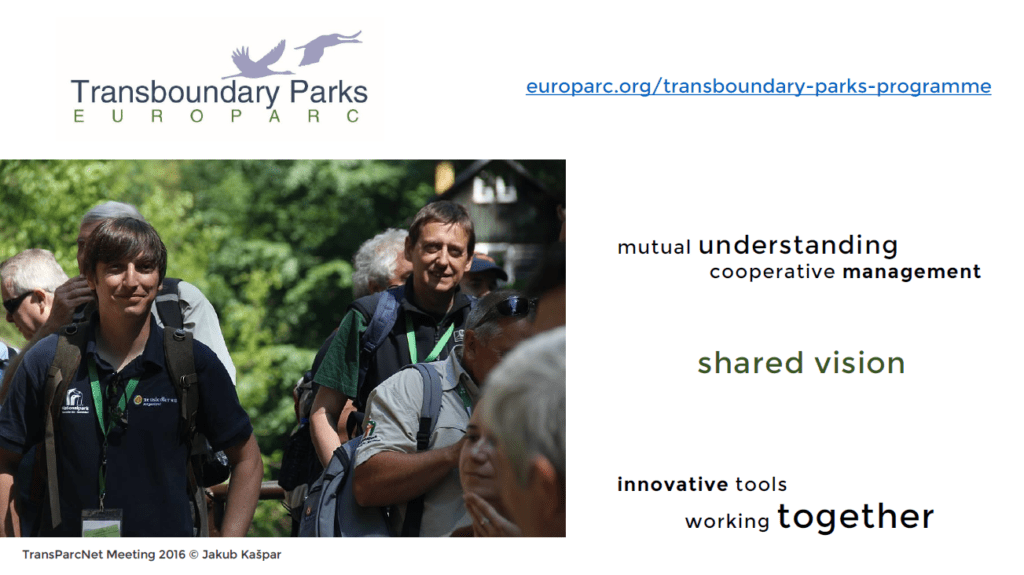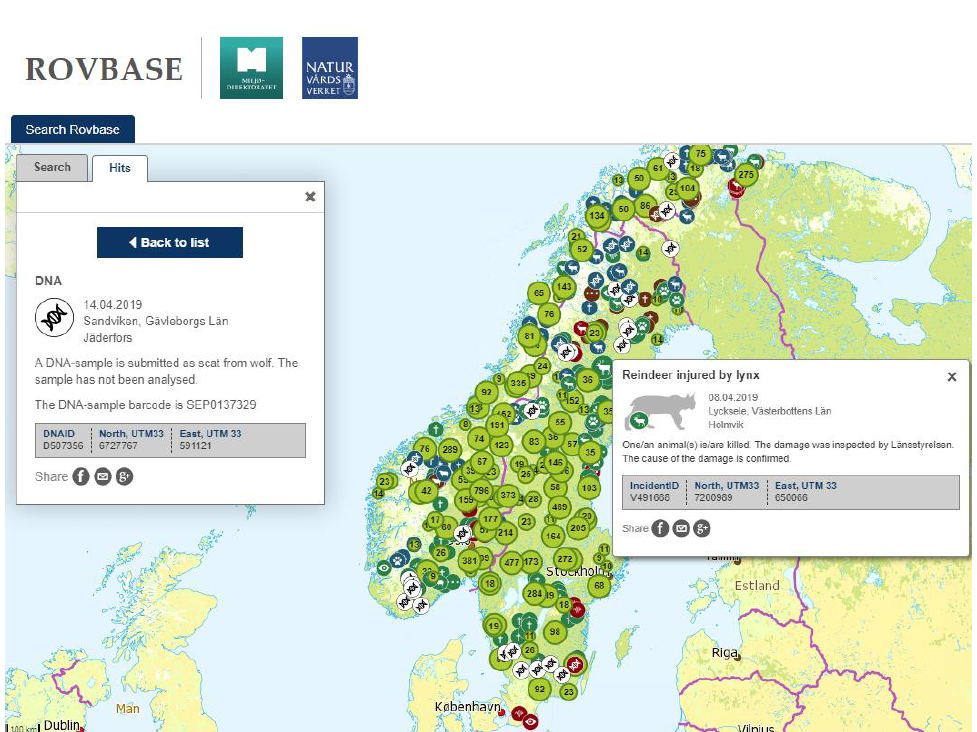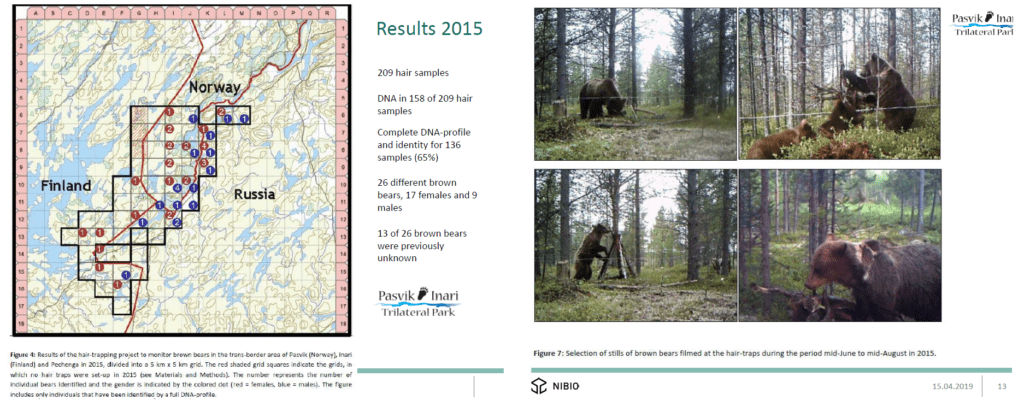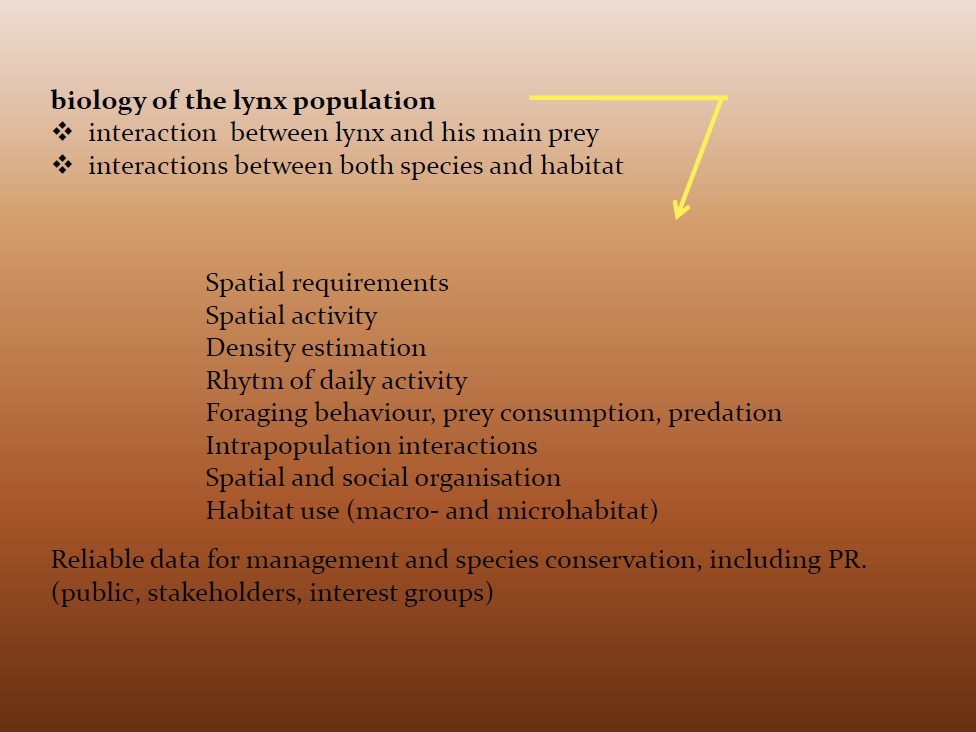Webinar: Large Carnivores in Transboundary Parks 2019
During centuries, European large carnivores (including the brown bear, wolf, lynx and wolverine) suffered dramatic declines in numbers and distribution. Human activity, habitat loss and the decrease of prey, pushed these species to the very remote areas of Europe. However, the situation is shifting. Due to the improvement of habitat conditions and prey availability, backed by protective legislation in many European countries, the populations of large carnivores are stable or indeed growing. The predatory nature of these species has pushed them to trespass the political boundaries established by humans in the search for better conditions to thrive.
Large carnivore’s home range is extensive, and as such, they require large areas to live. These areas often cross intra and international borders and occupy territories with different management policies. The management of these species must be planned on very wide spatial scales to be effective, and it is imperative that a good coordination exists between the different administrations involved.
In fact, nature knows no borders, and the expansion of the populations in new areas might trigger conflicts and the establishment of control measures that might compromise their existence. With the presence of large carnivores increasingly more common, “we need to learn how to coexist!”
To start with, the collection of reliable scientific data, the provision of relevant population estimates, and a common understanding of large carnivore’s conservation status at national and population level is the basis to make sound management decisions. In this webinar, we’ve looked at different methods for monitoring the Eurasian Lynx and Brown Bear populations in Central Europe and Scandinavia, and heard about an international online platform that is gathering observations of large carnivores in Sweden, Norway, and Finland.
With the case studies presented, we’ve seen how non-invasive monitoring methods, continuously implemented across borders can contribute to:
- understand the population size and identify individuals
- study their distribution patterns and spatial preferences
- report incidents with other species
- identify illegal poaching activities
- study depredation habits
- understand their social behavior
- create accurate scientific data about the biology and ecology of the species, to demystify wrong perceptions
Watch the full recording
Webinar Presentations
The Transboundary Parks programme, an overview
by Bárbara Pais, Communications and Marketing Manager at EUROPARC
The EUROPARC Federation was created in the early 70s, deriving from the idea that nature is better protected through international cooperation. In fact, political borders that split natural ecosystems are not recognised by the local fauna. Enhancing cooperation across borders is a needed step if we want to improve the conservation status of Europe’s natural heritage. A toolkit specifically on the management of Large Carnivores in Transboundary Parks was announced, a collection of best practices to inspire decision making by protected area managers across Europe. We are still collecting inputs to complete the toolkit, everyone is invited to share his projects as a case study, here: www.europarc.org/toolbox/submit-case-study.

Hunters monitoring large carnivores in Scandinavia
by Roderick Enzerink, Wildlife Policy Officer at FACE – European Federation for Hunting and Conservation
Roderick introduced us to the work of the EU Platform on Coexistence of Large Carnivores and People and presented FACE, the European Federation for Hunting and Conservation, one of the member organisations of the EU Platform. Representing 7 million hunters in Europe, and with sustainability in their mindsets, FACE addresses political and environmental aims, to enable the best context for hunting.
To work with hunters for conservation means, also, empowering and engaging them in conservation activities. Roderick showed us an example from Scandinavia, and how they are involved in the collection of data in 3 countries. The ROVBASE and Skandobs are two platforms where every person can submit their observations, contributing to the collection of data at a macro level, that will input on our understanding of these species ecology and biology.

Non-invasive genetic monitoring of the Pasvik-Inari-Pechenga brown bear population using systematic hair-trapping
by Snorre Hagen, Norwegian Institute of Bioeconomy Research – NIBIO (NO)
Snorre is jointly working with the Pasvik-Inari Trilateral Park (Norway-Finland-Russia) on brown bear monitoring. Through a non-invasive hair-trap methodology, NIBIO, the scientific partner collecting and analyzing the data, was able to study the brown bear population in the trilateral region. The hairs collected provided genetic material, allowing the creation of a comprehensive database with many of the individuals in the cross-border areas. The methodology is being continuously implemented since 2007.

Transboundary research on the ecology of Eurasian lynx and its ungulate prey
by Ludek Bufka, Šumava National Park (CZ)
In the Bohemian Forest Ecosystem (BFE) as in most of Europe, lynx became extinct in the 19th century and nowadays’ “Bohemian-Bavarian-Austrian” lynx population originated from a relatively small number of animals that were reintroduced in the 1970s (Germany) and 1980s (Czech Republic), in the area which is now covered by the Bavarian Forest and Šumava National Parks. The Parks have been working together since 1996 to monitor the species and their main prey – the roe deer – to understand their spatial distribution, habitat use and social behavior. Methods include GPS collars, but also non-invasive methods such as camera trapping, now tracking and genetic analysis of material collected.
